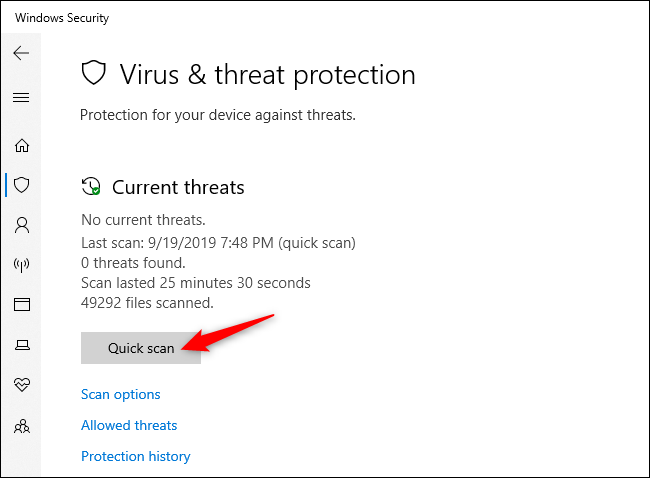We live in an era where everything is connected to the internet and although this is a positive thing, it can also be a danger. Especially if we don’t know how to check if a computer or PC has viruses.
Unfortunately, there are many people who are dedicated to designing malware to steal private information and make money; That is why we must learn to take care of ourselves when browsing the internet and give top priority to the security of our data.
Check if my computer or PC has viruses
The first thing we should take into consideration is PC performance and application blocking. These two factors, on many occasions, are a clear sign that we have malware on our PC. Although we cannot deny that it does not always happen this way, there are many reasons why our PC can slow down, in this sense we always recommend optimizing Windows as much as possible.
Even if our computer works fine, it does not mean that we do not have malware. The viruses of a decade ago were often pranks and used system resources; most modern viruses work silently, covertly in the background, trying to evade detection in order to steal private information.
Basically, criminals develop malware to earn money, obviously this should not generate suspicion in the user in order to achieve their goal.
Even so, a low performance of our computer can be a warning sign. Many strange applications in our system can also indicate malware, although again, it is not safe.
Many apps display a command prompt window when updating, so these rapidly appearing windows may be normal for legitimate software.
We can have many indications, but they can be explained (sometimes) the only way to know if my computer or PC has a virus is to perform a deep scan.
Check if my PC has malware

We may even doubt if we have a virus because we have seen a strange process after running the Windows Task Manager, which we can open by pressing Ctrl + Shift + Esc.

Actually, it’s quite common to see a huge number of processes here; If we click on “More details” we will see more information. Many of these processes have strange and somewhat confusing names, this is normal.

Malware or viruses, in most cases, use more CPU, memory or disk resources than other processes. If we have doubts about whether a specific program is malicious, we will have to right click on the process and choose “Search online”; In this way we will get more information.
If when searching for information, we find comments about it being a dangerous process, it is possible that we have malware on our computer. In this sense, when we have the slightest doubt, we will have to proceed with an antimalware analysis.
Scan a computer for viruses

By default, Windows 10 and 11 always scan your computer for malware with Microsoft Defender; although we can perform manual scans if we wish.
We are going to have to press Windows + i and go to Update and security> Windows Security> Open Windows security. In order to perform an antimalware scan, we are going to have to click on “Protection against viruses and threats”.

Then we are going to click on “Quick Scan” to be able to scan the system for viruses. Microsoft Defender will perform a scan and show us the results. If malware is found, it offers us to remove it from our PC.


